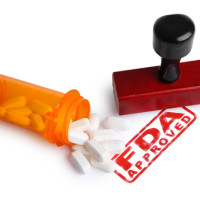FDA Updates Requirements for Pregnancy-Related Drug Warnings

This December, the Food and Drug Administration (FDA) is changing how drug companies must explain the risks of taking certain medications during pregnancy and while breastfeeding. The new guidelines are meant to replace a system that officials describe as “confusing and outdated.”
How the old system worked…
With the current system for labeling dangerous drugs for pregnant women, letters are used to indicate a drug’s potential danger. Drugs marked “X” are the biggest risk to women who are pregnant or breastfeeding, but many drugs fall into a middle category. For example, drugs with a letter grade of “C” may or may not be dangerous during pregnancy: animal studies have shown potential risks to the fetus; however, there are no adequate studies for humans. Doctors say that’s just too vague.
How the new system will work…
With the new warning system, risks will be divided into three categories: (1) pregnancy, (2) lactation, and (3) fertility. Then, drug companies must give a summary of the potential dangers associated with each category, including information on existing human studies. Specific adverse reactions caused when the drug is taken during pregnancy or lactation must also be provided.
Studies have shown that women often take three to five prescription drugs during their pregnancies, so this information will affect many women—and potentially their babies.
According to the deputy director of the Office of New Drugs in the Center for Drug Evaluation and Research at the FDA, research regarding potentially dangerous drugs is often out there in the medical literature, and “oftentimes companies know about it,” but choose not to include it.
Starting in June, when the new rules take effect, they will have to.


 Close Menu
Close Menu